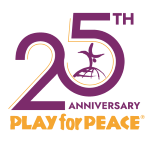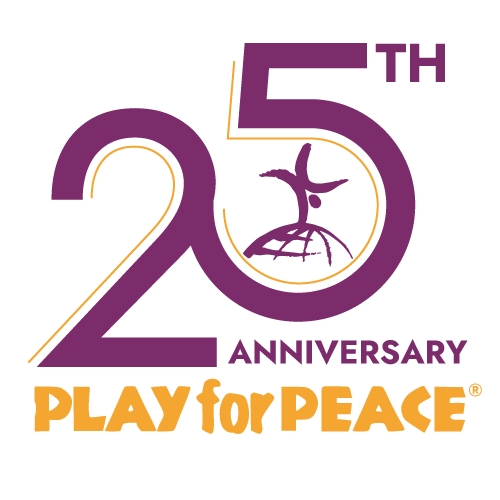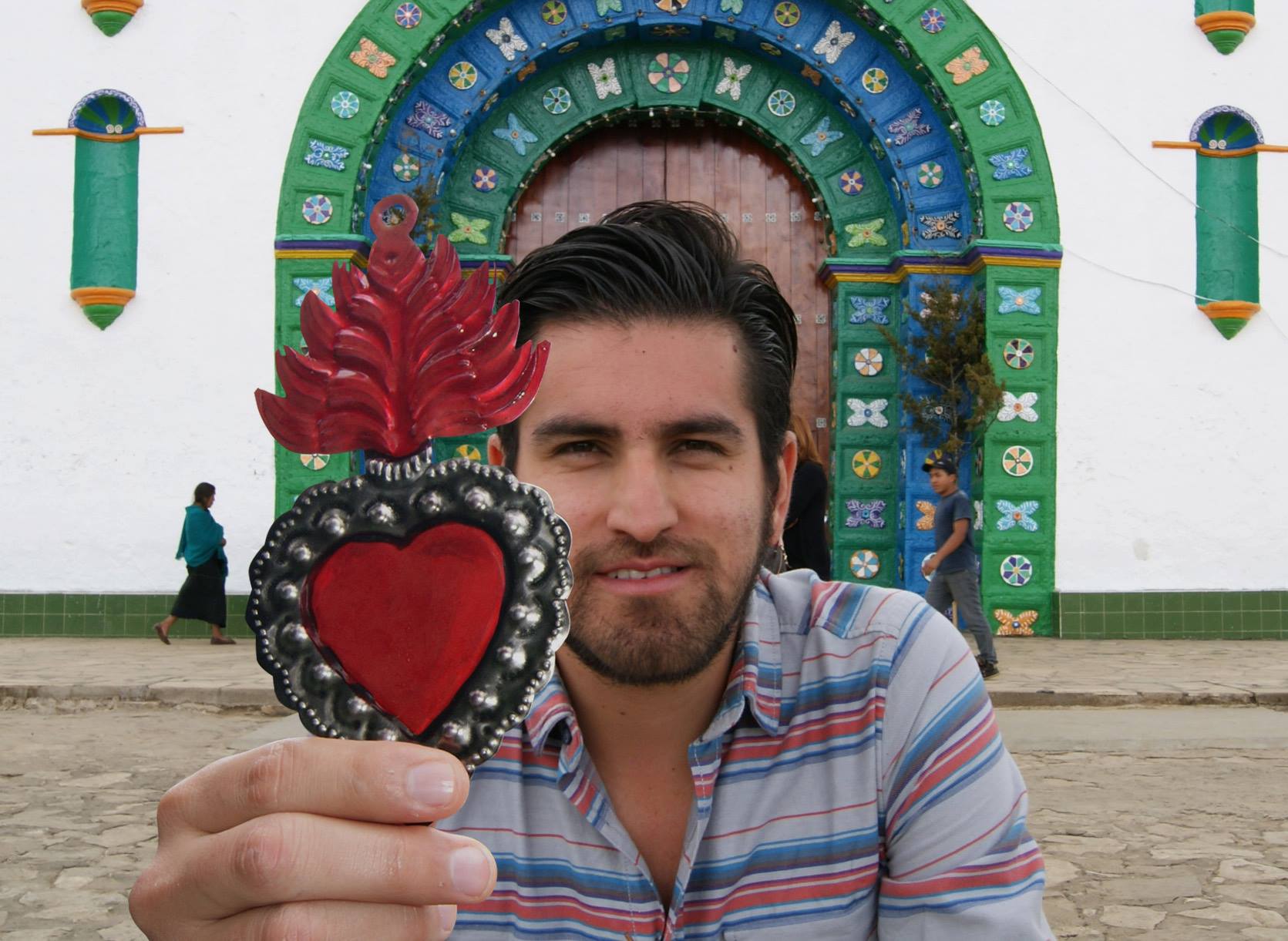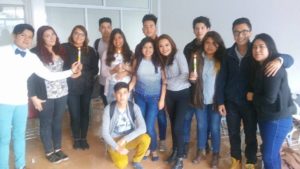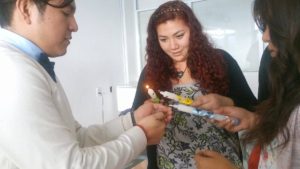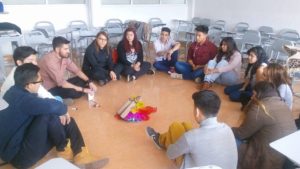"Hope. And a window that lets us peek into what a better society could look like. This is what Play for Peace is for me." - Francisco Hueyatl
First Act – I joined as a graphic design volunteer. Francisco Hueyatl joined Play for Peace, just like many of us, via the United Nations program for online volunteers. “There was an open position for a graphic designer and as soon as I read what Play for Peace is about, I felt a connection,” shares the visual artist for whom inclusion seems to be the cornerstone of every project he gets involved with.
Second Act – Play for Peace will change your life. The engine pushing Francisco forward is always desire; the desire to do better, to make a difference, to achieve, to express himself, and to help others. Play for Peace started growing on him. He would sit at home, far from where the workshops and sessions were held, and later look at the pictures, hear and read the life-changing stories from all around the world and knew that he wanted Play for Peace’s flags of compassion, inclusion, and openness to have a space in Mexico as well. “Hope. And a window that lets us peek into what a better society could look like. This is what Play for Peace is for me,” says Francisco. He started out his own very real window to find a fragmented society, full of violence and segregation, great contrasts that involve incredible heights and embarrassing lows. The seed was there and it got watered with the help of Play for Peace online workshops that “have given me so much, also, for my personal life.” Francisco also believes that Play for Peace touches the lives of those who become involved by opening the door to connect with people from all sorts of backgrounds from all over the world. He says one of the most meaningful things Play for Peace has given him, has been the “spiritual and cultural exchange I have been able to have with Imroz (Imroz Shaw, Global Operations Manager for Play for Peace) because every time we meet up to talk about a graphic project, we end up talking about our cultures.”
Third Act – Play for Peace in Mexico Francisco also works as a college professor, giving him everyday contact with young people and minds. Along with fresh ideas, creativity, and energy that usually come with youth, he also must witness “the strong social conflict of today’s Mexican society: discrimination and exclusion are quite hard around here.” But Play for Peace teaches you that you can start a change on your own and instead of letting the sour flavor of negativity take over, Francisco has seen an incredible opportunity. "It’s in schools where the best chances to develop social projects and activities can be found and also where they have the highest possibilities to help transform a person," Francisco says. "Universities are fertile soil because youth gets together to share mind, space, and time.” And so it began, he started promoting Play for Peace’s philosophy. This is also how Mexico participated in this year’s World Interfaith Harmony Week, giving him an unforgettable surprise when around a hundred youths participated in 15 different small groups, each to tackle diverse problems. “I believe art can heal if you let it get close to your essence. It can also help you become a better person” concludes Francisco, and we agree.
